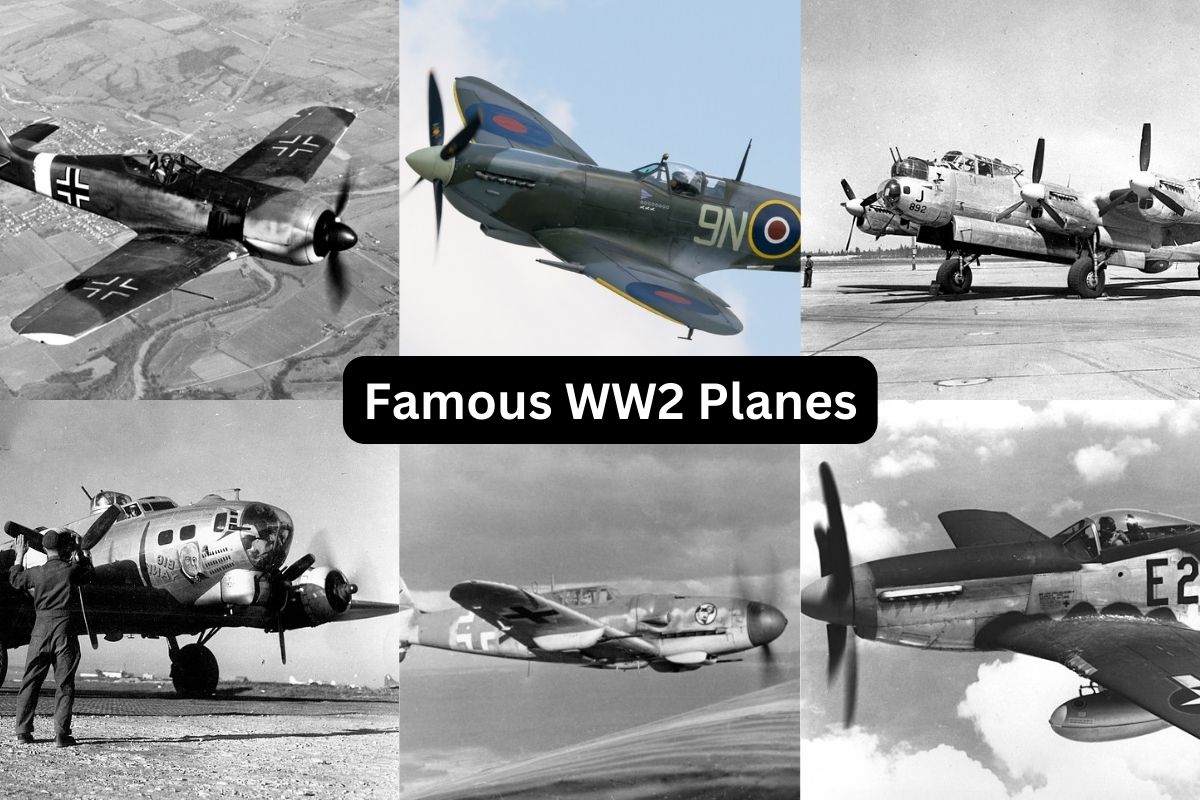World War II witnessed the emergence of a wide array of iconic aircraft, each playing a pivotal role in the global conflict.
These planes represented the cutting-edge of aviation technology during their time and left an indelible mark on the history of warfare.
In this overview, we delve into the fascinating stories of some of the most famous WWII planes, shedding light on their unique contributions and enduring legacies.
Famous WW2 Planes
1. Supermarine Spitfire
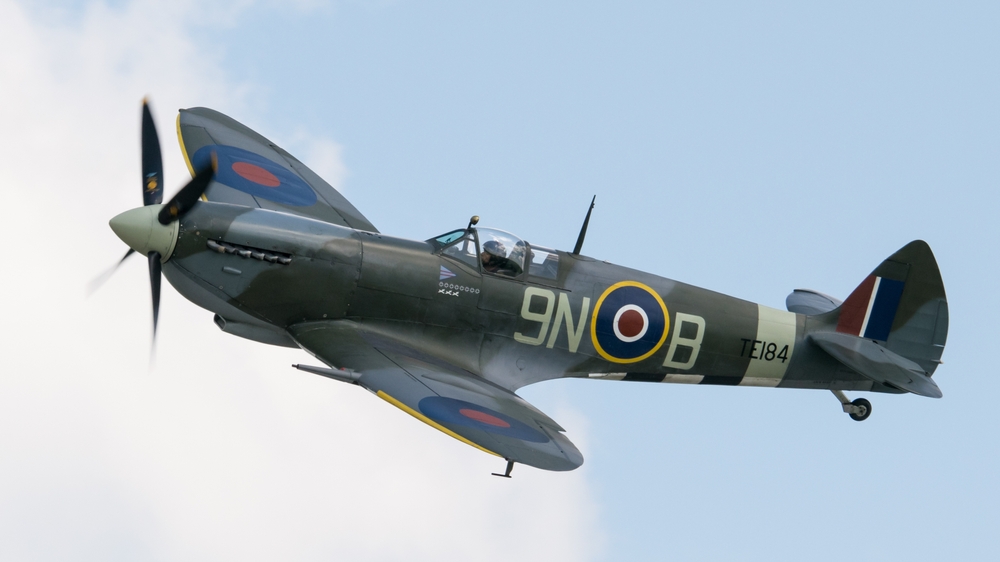
The Supermarine Spitfire is one of the most iconic British fighter planes of World War II. It gained fame for its role in the Battle of Britain, where it played a critical part in defending British airspace against German attacks.
Also Read: Famous Fighter Jets
Designed by R.J. Mitchell, the Spitfire was known for its elegant elliptical wing shape, exceptional agility, and high-speed performance. It came in various variants, with the later models featuring more powerful engines and improved armaments.
The Spitfire was highly maneuverable and could outperform many of its adversaries in dogfights, making it a symbol of British resolve and ingenuity during the war.
2. Messerschmitt Bf 109
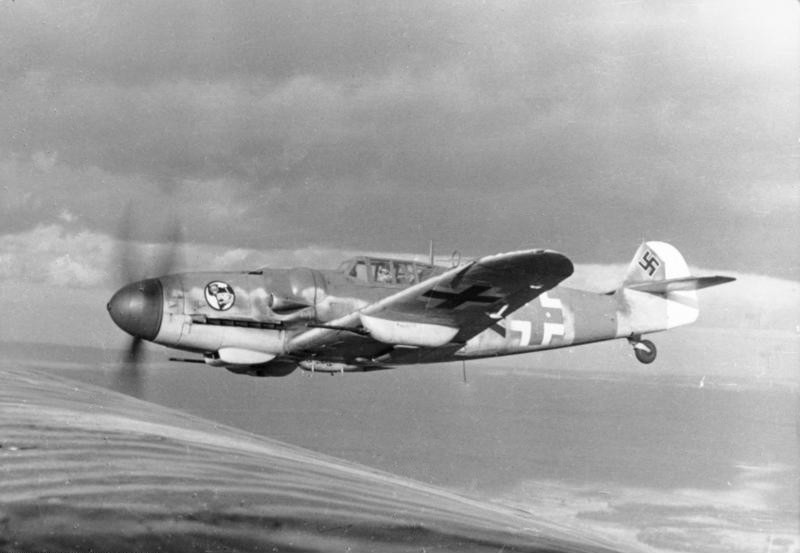
The Messerschmitt Bf 109 was the primary fighter aircraft of the German Luftwaffe during WWII. It was a versatile and highly effective aircraft, with multiple variants developed over the course of the war.
Also Read: Most Famous Biplanes
The Bf 109 was known for its speed, firepower, and robust design. It was a formidable opponent for Allied aircraft and was used in various roles, including air superiority, ground-attack, and escort missions.
The Bf 109 was piloted by many skilled German aces and was a symbol of German airpower during the early years of the war.
3. P-51 Mustang
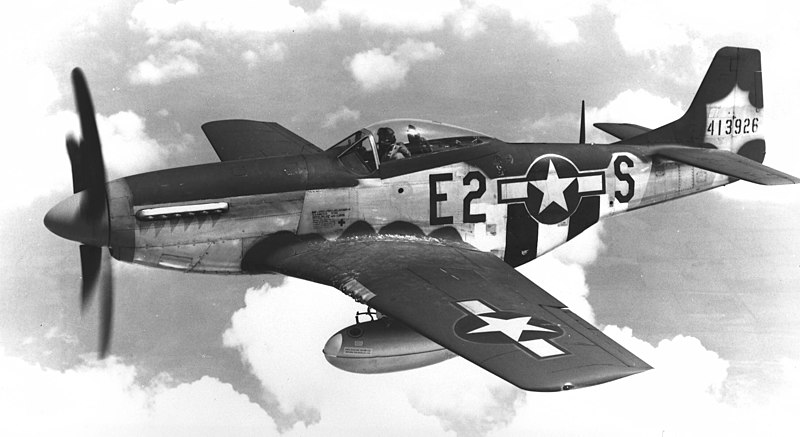
The P-51 Mustang was an American long-range fighter aircraft that became famous for its escort missions during World War II. Initially designed for the Royal Air Force (RAF), it featured a powerful Rolls-Royce Merlin engine that gave it exceptional speed and range.
The P-51 played a crucial role in protecting Allied bombers during their raids deep into enemy territory, particularly over Europe. Its ability to provide long-range escort allowed for more effective bombing campaigns against Axis targets.
The P-51’s success was also attributed to its design, which combined speed, maneuverability, and firepower, making it one of the most celebrated aircraft of the war.
4. Focke-Wulf Fw 190
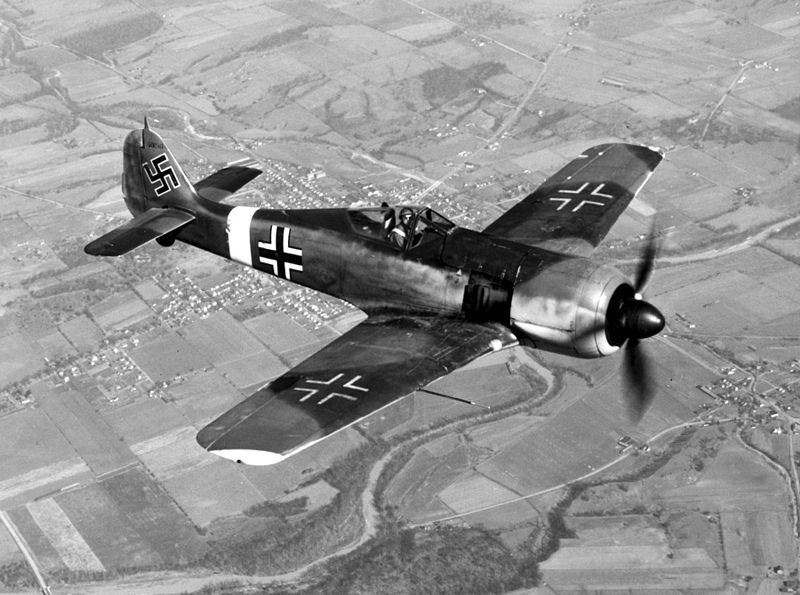
The Focke-Wulf Fw 190 was a highly successful and formidable German fighter aircraft that served as a counterpart to the Messerschmitt Bf 109. It entered service in 1941 and quickly gained a reputation for its speed, agility, and firepower.
The Fw 190 was well-suited for a variety of combat roles, including air superiority, ground-attack, and bomber interception. Its radial engine design provided excellent low-to-mid altitude performance, making it particularly effective in close air support missions.
The Fw 190 was heavily armed, with a combination of machine guns and cannons, which made it a lethal adversary for Allied aircraft. It remained in service throughout the war and continued to be a significant threat to Allied forces.
5. Avro Lancaster
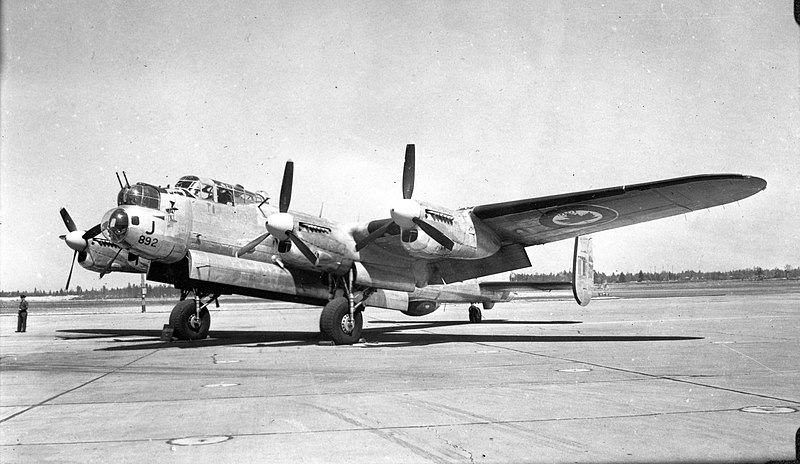
The Avro Lancaster was one of the most iconic and effective British heavy bombers of World War II. It played a crucial role in the strategic bombing campaign against Nazi Germany.
The Lancaster was known for its durability, carrying a substantial bomb load over long distances. It had a crew of seven and was heavily armed to defend itself against enemy fighters.
One of its most famous missions was the Dambusters Raid in 1943 when specially designed bouncing bombs were used to breach German dams.
The Lancaster’s ability to carry out precision bombing and conduct night raids made it a key element in the Allied effort to disrupt German industry and infrastructure.
6. Boeing B-17 Flying Fortress
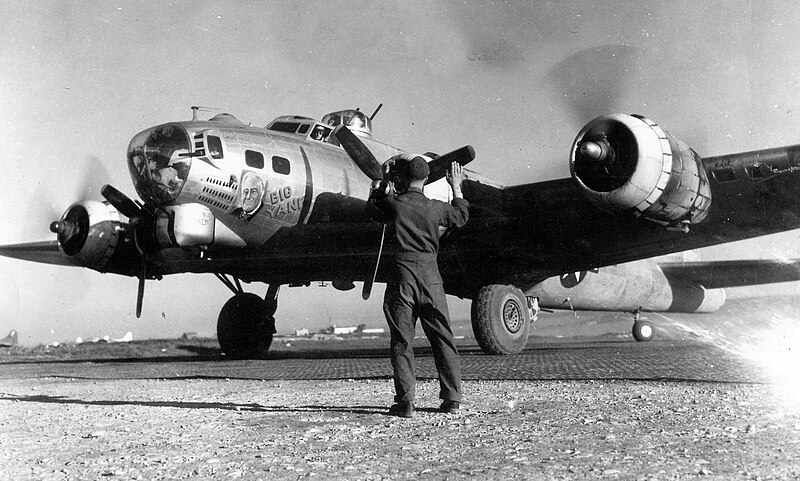
The Boeing B-17 Flying Fortress was a prominent American heavy bomber used during World War II. It was named for its heavily armed defensive capabilities, with multiple machine gun turrets mounted throughout the aircraft, providing protection against enemy fighters.
The B-17 was known for its ability to absorb significant battle damage and return to base safely, earning it a reputation for toughness. It played a crucial role in the strategic bombing campaign over Europe, targeting industrial and military sites in Nazi-occupied territory.
The B-17 was a symbol of American air power during the war and is remembered for its resilience and contribution to the Allied victory in Europe.
7. Douglas C-47 Skytrain
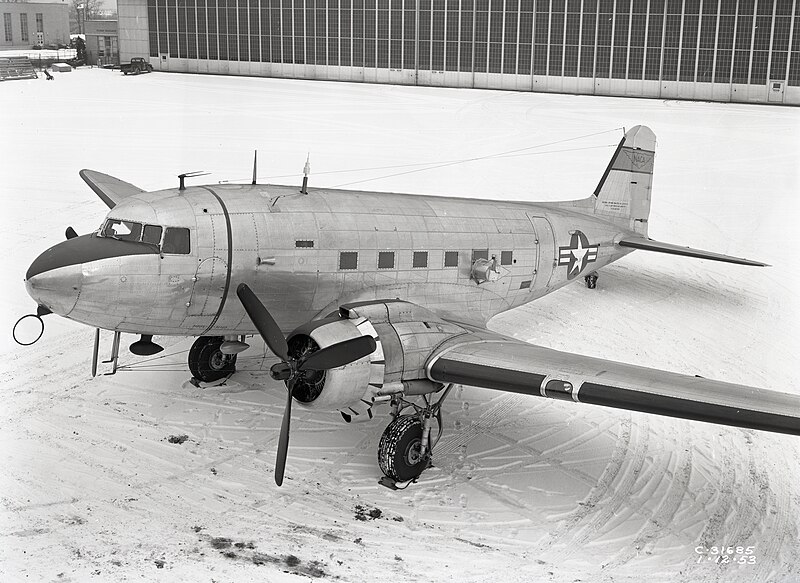
The Douglas C-47 Skytrain, also known as the “Gooney Bird,” was a versatile transport aircraft used extensively by the Allies during World War II. It played a vital role in troop transport, cargo delivery, and airborne operations.
The C-47 was famous for its reliability and ruggedness, capable of operating in various conditions. It was used in major airborne assaults, including the D-Day landings in Normandy, where it dropped paratroopers behind enemy lines.
Additionally, it served as a medical evacuation aircraft, cargo transporter, and glider tug. The C-47’s contribution to logistics and troop deployment was indispensable in many theaters of the war.
8. Junkers Ju 87 Stuka
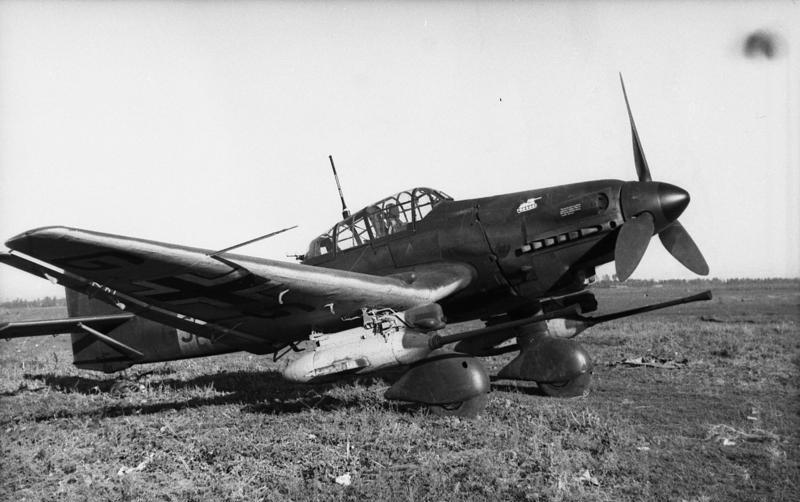
The Junkers Ju 87, commonly known as the Stuka, was a German dive-bomber that gained notoriety for its distinctive and terrifying sirens, which produced a distinctive wailing sound during dives.
The Stuka was heavily employed during the early stages of WWII, especially during the Blitzkrieg campaigns in Poland and Western Europe. It was designed for precision bombing of ground targets and played a significant role in close air support for German ground forces.
While it became less effective as the war progressed and enemy air defenses improved, the Stuka remained a symbol of the early German successes and the psychological impact of air raids.
9. Mitsubishi A6M Zero
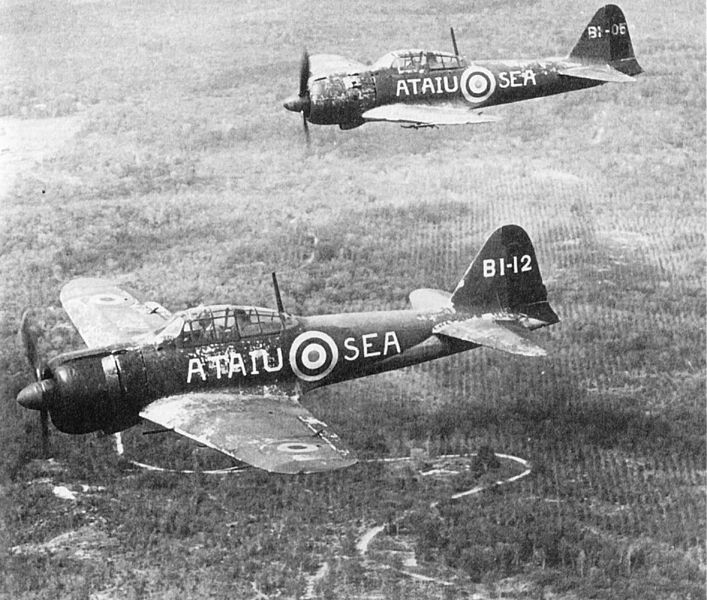
The Mitsubishi A6M Zero was the primary naval fighter aircraft used by the Imperial Japanese Navy during World War II. It is often regarded as one of the best carrier-based fighters of its time.
The A6M Zero was known for its exceptional agility, long range, and lightweight design. It was highly maneuverable and initially outperformed many of its Allied counterparts. The Zero played a crucial role in early Japanese naval victories in the Pacific, including the attack on Pearl Harbor.
However, as the war progressed, it became more vulnerable to newer Allied aircraft, particularly due to its lack of armor and self-sealing fuel tanks.
10. North American B-25 Mitchell
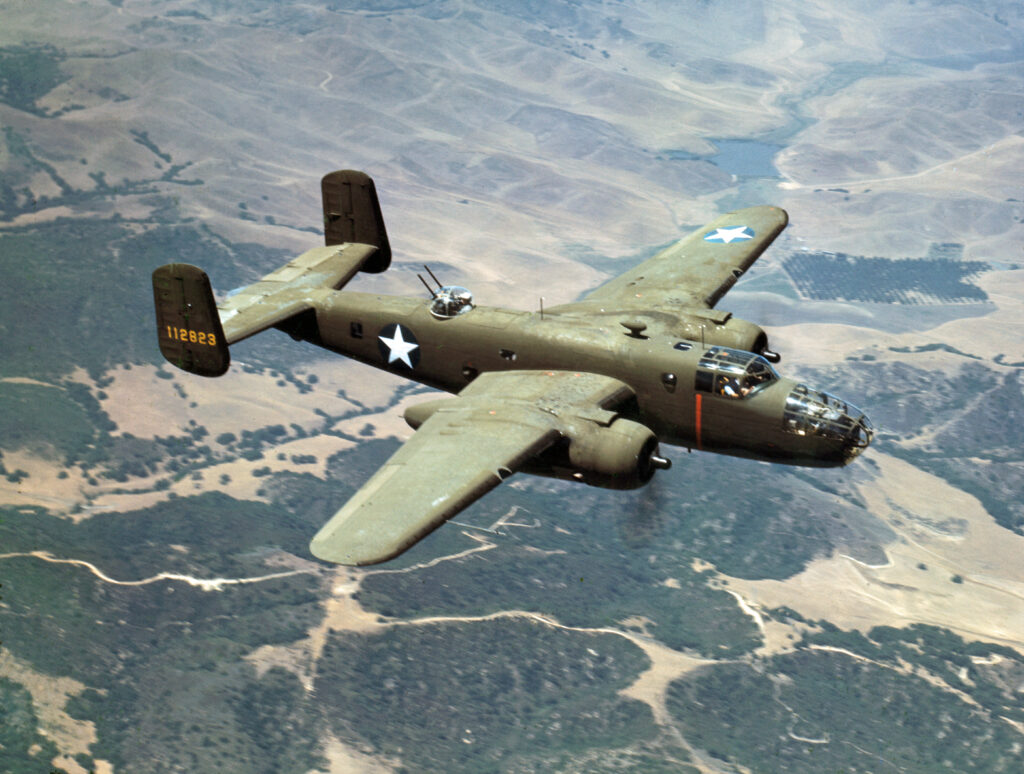
The North American B-25 Mitchell was an American medium bomber used during WWII. It gained fame for its role in the Doolittle Raid, a daring and audacious air raid on Tokyo in April 1942.
The B-25 was known for its versatility, carrying a significant bomb load and featuring good maneuverability for a bomber. It served in various theaters of the war and had multiple variants tailored for different purposes, such as medium-range bombing, anti-shipping missions, and reconnaissance.
The Doolittle Raid, in which B-25s were launched from an aircraft carrier, marked a significant morale boost for the United States early in the war and demonstrated the aircraft’s adaptability and effectiveness.
